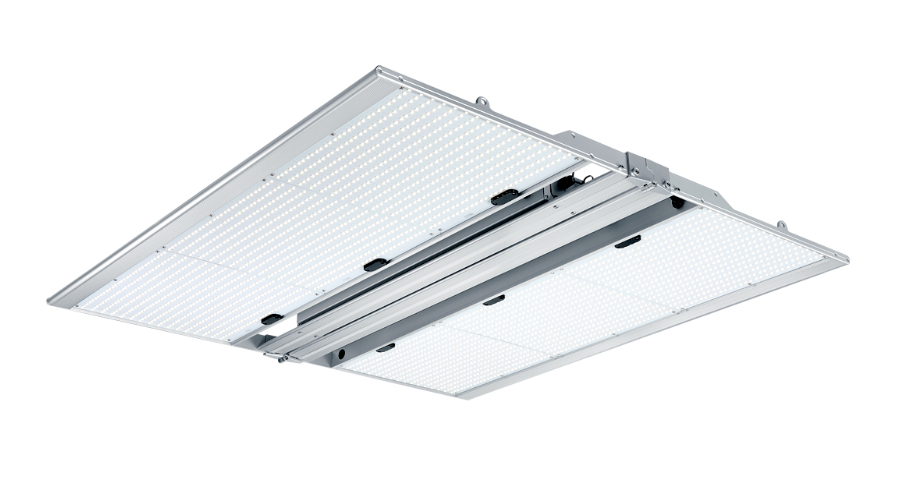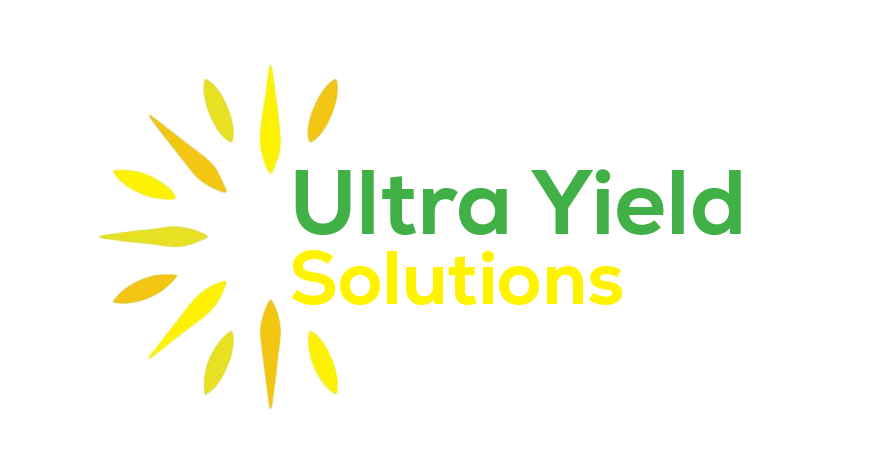The key to profitability is driving out cost. This mantra is critical to any manufacturing facility regardless of what it produces. Controlled Environment Agriculture (CEA) is a classic example of leveraging scale and smart infrastructure to enjoy good profitability. The cannabis market is feeling extreme profit crunch, particularly in mature markets, making operational efficiency the #1 criteria for success. This wasn’t always the case.
Back when cannabis went recreational out West, a mad dash erupted to get product to market because prices were through the roof. Growers installed high-pressure sodium fixtures as they were readily available and the spectrum was ideal. Operational cost just didn’t matter. Today, ignoring cost of ownership will quickly bankrupt farmers. When Federal legalization occurs (and it’s coming), category expansion will further drive down cannabis prices forcing inefficient facilities out of business. The case for LED has never been better.
What’s the Return on Investment for Shifting to LED Fixtures
The ROI on LED (vs. HPS) is typically two years with many enjoying real savings after only 18 months! Sounds great, but how do you prove that? The quick answer is cost of ownership. While a generic double-ended HPS 1000W fixture costs far less than a 600W LED fixture (~$250 vs. ~$900), the cost to operate and maintain HPS is much higher. Remember, LED uses 40% less wattage to achieve the same light intensity. Add-in elevated AC costs to offset hot HPS fixtures, shorter lifespan (annual bulb replacements @ $90 each), faster light degradation, lack of rebates (often surpassing $200/LED fixture), and full ROI can be less than years.
Let’s compare one, two and five years within an indoor cannabis facility featuring 10K SF canopy on for 12 hours/day. That means 500 fixtures at a national average kWh cost of $.12 (California electric rates can be double that!). Plus, you only buy LED fixtures once, each with five-year warranties and a lifespan approaching 10. Remember, 1000W HPS fixtures actually draw 1,060 watts due to inefficient drivers. Let’s do the math.
YEAR ONE
| Cost of Fixtures | Estimated Rebates | Cost of Energy (lights) | Cost of Energy (HVAC) | TOTAL COST | |
| LED | $450,000 | ($100,000) | $157,680 | $57,000 | $564,680 |
| HPS | $125,000 | $0 | $275,940 | $86,000 | $486,940 |
YEAR TWO
| Cost of Fixtures | Estimated Rebates | Cost of Energy (lights) | Cost of Energy (HVAC) | TOTAL COST | |
| LED | $450,000 | ($100,000) | $315,360 | $114,000 | $779,360 |
| HPS | $180,000 | $0 | $551,880 | $172,000 | $903,880 |
YEAR THREE
| Cost of Fixtures | Estimated Rebates | Cost of Energy (lights) | Cost of Energy (HVAC) | TOTAL COST | |
| LED | $450,000 | ($100,000) | $788,400 | $285,000 | $1,423,400 |
| HPS | $305,000 | $0 | $1,379,700 | $430,000 | $2,114,700 |
HPS add-ons for labor costs to manage bulb replacements, cost of new reflectors and HPS ballasts, faster light degradation (lower yield), and the ever-rising reality of electrical rates and financial case is even stronger. Fixture price should never be the determinant. Total cost of ownership should drive the purchase decision, not fixture price.

